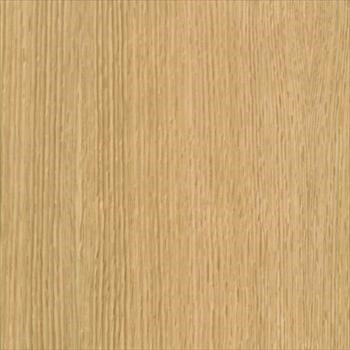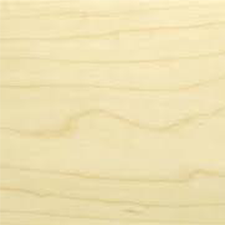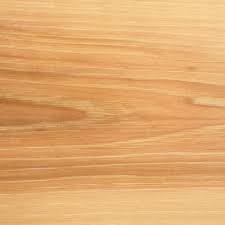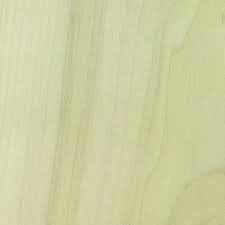Species
WHITE OAK
Description
Eastern United States and Canada (Quercus Alba)
aka American White Oak (or The Wood that Built America!, I like to say)
Unique to North America, Quercus Alba, or American White Oak, has properties that are different from other members of the Quercus (Oak) family, which can be found in abundance in temperate climates around the whole world.
From the dawn of human civilization to today, the Mighty Oak has been the go-to hardwood for food, shelter, durable building material, and more (History buff? May we recommend Oak: The Frame of Civilization by William Bryant Logan).
American White Oak especially is deserving of its enduring popularity domestically, and it is even more popular in the export market. In fine furniture, flooring, doors, veneers, exterior applications, millwork, barrels, and as an artistic medium, American White Oak reigns supreme. Coupled with its outstanding environmental credentials (more later), there is much to love about “our” White Oak.
Incredibly Versatile
Few species offer such distinct design options just by choosing between flat-sawn, rift-sawn, and quarter-sawn options. Gustav Stickley’s use of heavily ray-flecked quarter-sawn white oak spawned a movement at the beginning of the last century (Craftsman, aka Mission) that endures today. The comb-grain serenity of rift-sawn appeals to a certain “serene” design aesthetic. And the rich cathedral/flame patterns of flat-sawn evoke homey emotions like eating comfort-food.
Durable and stable when dry, great strength-to-weight ratio, non-porous so it is highly resistant to rot (still used today for water-tight barrel making, American White Oak formed the hulls of sailing ships for centuries), easy to work by hand and tools. Grain is straight but coarse and uneven. It has excellent steam-bending properties.
Valencia Lumber and Panel selects for Northern White Oak
Although White Oak grows prolifically from Canada to Georgia and west to Texas, we work with producers in the north, where the shorter growing seasons ensure slow growth. Not only does this result in tighter growth rings, it also minimizes the difference between sapwood and heartwood for more uniform color. This is more than a distinction: in White Oak, there are real differences in Northern and the faster-growing Southern oaks.
These same quality-first producers are experts in the art of kiln-drying, which is especially important for American White Oak. Many mills won’t even attempt to dry thicker stock (10/4, 12/4) due to long drying time and risk of cellular breakdown, so supplies can be limited, with resulting price effects
Sizes
We stock White Oak lumber in 4/4 through 12/4, in Flat-sawn, Rift and Quarter-sawn in random-width as well as selected for wides (e.g: 7-1/2”-and-Wider, 11”-and-wider).
In hardwood panels, at the time of this writing, we offer over 35 choices of size and thickness, face veneers and cores. Plain-sawn, Rift and Quartered, Whole-Piece-Faces, Sequence-Matched-and-Numbered. And our supply of unmounted veneers presents a virtually unlimited selection.
Get a Quote








